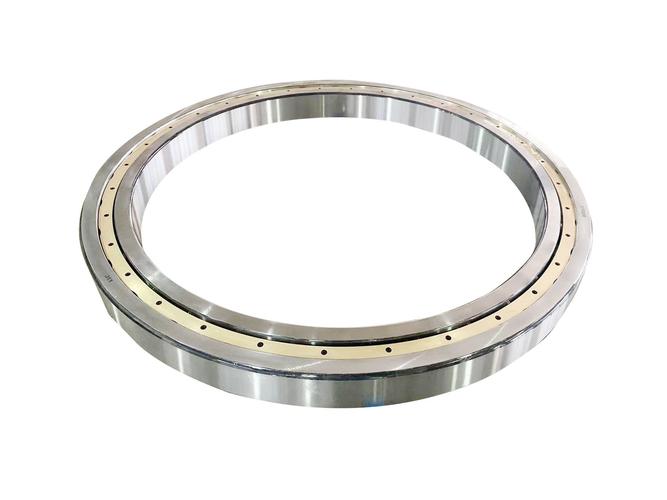Precision Ball Bearings in the Automotive Industry: Key Benefits, Maintenance Tips, and Top Brands
Precision ball bearings are essential components in the automotive industry, ensuring smooth operation and reduced friction in moving parts. Used in engines, transmissions, and wheel assemblies, these high-tolerance bearings enhance vehicle performance, fuel efficiency, and durability while minimizing wear.
Table of Contents
1. Types of Precision Ball Bearings in Cars2. How to Maintain Automotive Ball Bearings
3. Benefits of Precision Bearings in Vehicles
4. Signs of Worn Ball Bearings in Automobiles
5. Best Brands for Automotive Ball Bearings
1. Types of Precision Ball Bearings in Cars

Automotive applications utilize various precision ball bearing types, including deep groove, angular contact, and thrust bearings. Deep groove bearings handle radial and axial loads in alternators, while angular contact bearings support combined loads in wheel hubs. Thrust bearings manage axial forces in steering systems. Each type undergoes rigorous testing to meet automotive vibration and temperature standards. Manufacturers often use sealed or shielded variants to prevent contamination in harsh environments. Material selection ranges from chrome steel to ceramic hybrids for specialized requirements.
2. How to Maintain Automotive Ball Bearings
Proper maintenance extends bearing lifespan significantly. Regular lubrication using high-temperature grease reduces metal-to-metal contact. Technicians should inspect bearings every 30,000 miles for abnormal noise or play. Use ultrasonic detectors to identify early wear patterns. Always clean bearing housings during replacement to remove abrasive particles. Follow torque specifications precisely during installation to prevent brinelling. Implement condition monitoring systems in commercial fleets for predictive maintenance.
3. Benefits of Precision Bearings in Vehicles
Precision-engineered bearings improve fuel economy by reducing rotational friction up to 30%. They enable higher RPM capabilities in modern engines while maintaining dimensional stability. Advanced bearing designs contribute to quieter cabin environments through vibration damping. Their optimized load distribution increases component longevity, particularly in electric vehicle drivetrains. Many OEMs report 15-20% longer service intervals when using ISO Class 5 or better precision bearings.
4. Signs of Worn Ball Bearings in Automobiles
Common failure indicators include humming noises during acceleration, uneven tire wear, and steering wheel vibration. Advanced symptoms encompass ABS malfunction warnings due to irregular wheel speed readings. Technicians should check for blue discoloration (overheating) or pitting on raceways. Play exceeding 0.002 inches typically requires immediate replacement. Recent studies show 73% of wheel bearing failures stem from water ingress – emphasize seal integrity checks during servicing.
5. Best Brands for Automotive Ball Bearings
Leading manufacturers include SKF, Timken, NSK, and NTN. SKF's Explorer series offers enhanced load capacity for SUVs, while Timken's AP bearings feature integrated sensors for smart vehicles. NSK's HPS lineup utilizes special heat treatment for hybrid engines. NTN's ECO series reduces CO2 emissions through low-torque designs. Always verify OEM certifications and IATF 16949 compliance when selecting suppliers for automotive applications.
Understanding precision ball bearing fundamentals helps automotive professionals optimize vehicle performance. From selecting appropriate bearing types to implementing proactive maintenance strategies, each aspect contributes to operational efficiency. Recognizing early failure signs prevents costly breakdowns, while choosing reputable brands ensures reliability. This comprehensive guide covers critical considerations – explore each section to enhance your technical knowledge and decision-making capabilities in automotive bearing applications.
In conclusion, precision ball bearings remain pivotal in advancing automotive technology. Their continuous innovation supports evolving vehicle designs, from conventional combustion engines to autonomous electric platforms. By adhering to maintenance best practices and leveraging quality components, manufacturers and technicians can significantly improve vehicle safety, efficiency, and longevity in competitive automotive markets.




 13869596835
13869596835